The internet has opened up new opportunities for people around the world to earn an income and work for themselves. One of the most popular ways to make money online is through blogging.
With the rise of social media and more affordable internet access, blogging has become an attractive endeavor for many Filipinos to earn an income working from home.
But is it actually possible to make a profitable living as a blogger in the Philippines?
The Numbers!
The number of internet users in the Philippines has been growing steadily over the years.
As of January 2022, there were over 73 million internet users in the country according to Statista.
This represents around 67% of the Philippine population. Additionally, Filipinos spend quite a lot of time on social media platforms like Facebook, YouTube and Instagram.
This means there is a sizable potential audience that bloggers can reach online.
Combined with low barriers to starting a blog these days, it seems like the opportunities are there for budding bloggers.
You can start a free blog on platforms like Blogger and WordPress.com with just basic writing skills and an internet connection.
As their audience and traffic grows, bloggers can look at different options to monetize their content.
This includes displaying ads like Google AdSense, affiliate marketing, sponsored posts, selling online courses or ebooks, and more.
Brands are also on the lookout to partner with bloggers and influencers in the Philippines to promote their products and services.
However, despite all this potential, profitable blogging requires a lot of effort and smart work.
Competition is quite high with an estimated over 500,000 blogs based in the Philippines as of 2020.
Building an audience and regular traffic takes time and consistency in creating high-quality content.
Bloggers in the Philippines also need knowledge of topics like search engine optimization, social media marketing, email marketing, and website analytics to identify and implement what works.
In this blog post, we’ll take a deeper look at the opportunities and challenges of blogging in the Philippines in 2023.
We’ll analyze the potential benefits, the hurdles one might face, and examples of successful Filipino bloggers across different niches.
By the end, you’ll have a good sense of whether blogging can be a viable income source in the Philippines with realistic expectations.
Potential Benefits of Blogging in the Philippines
Blogging provides several advantages that make it an attractive opportunity to earn an income online for Filipinos. Let’s look at some of the key potential benefits of blogging in the Philippines:
Large Audience of Internet and Social Media Users
As mentioned earlier, the Philippines has seen strong internet and social media usage growth over the past few years.
Here are some key stats:
- 67% of the population were internet users in 2022 (over 73 million people)
- 79% of internet users have social media accounts
- Filipinos spend an average of 4 hours and 15 minutes per day on social media
| Platform | Users |
|---|---|
| 73 million | |
| YouTube | 72 million |
| Facebook Messenger | 70 million |
| 28 million |
This provides a sizable audience that bloggers can reach online.
Especially if you create content for popular social media platforms.
Niche blogs also have potential to gain a targeted following.
Low Barriers to Getting Started
One major advantage of blogging in the Philippines is that the barriers to get started are low. Here are some of the minimum requirements:
- Basic writing skills
- Access to internet and computer/smartphone
- Sign up for a free blogging platform like Blogger or WordPress.com
- Pick a blogging niche and start writing content
Many successful bloggers start on free platforms before eventually moving to paid web hosting and their own domain name.
But the ability to start for free with limited technical skills makes blogging accessible.
Influencer Marketing Opportunities
Sponsored posts and brand partnerships provide a lucrative monetization avenue for bloggers with a sizable audience.
The influencer marketing industry in the Philippines is estimated to be worth $50-100 million.
Brands are looking for Filipino influencers on blogs, Instagram, YouTube and TikTok who can promote their products to a targeted audience.
The rates for sponsored social media posts are typically:
- Nano influencers (1k to 10k followers): $50 to $100 per post
- Micro influencers (10k to 50k followers): $100 to $250 per post
- Macro influencers (50k to 200k followers): $250 to $500 per post
Bloggers who build up their niche audience and followership have opportunities to monetize through influencer marketing campaigns.
Options for Ad Monetization
Display advertising networks like Google AdSense allow bloggers to place ads on their site and earn money when visitors view or click on them.
The advantage here is that the ads are provided by the ad network so bloggers don’t have to find advertisers on their own.
Indicative CPM rates for Philippines website traffic are:
- Google AdSense: $1.5 – $3 per 1000 impressions
- Media.net: $5 – $10 per 1000 impressions
- Infolinks: $3.5 – $8 per 1000 impressions
Affiliate marketing is another option where bloggers can partner with online retailers and earn commissions for sales generated through their site.
Popular affiliate programs in the Philippines include:
- Lazada Affiliates
- Shopee Affiliate Program
- TravelBook Affiliates
Building traffic and an engaged audience is key to earning decent money from display ads and affiliate programs.
But the opportunity is there for monetization.
Ability to Reach a Global Audience
Even though this article focuses on blogging in the Philippines, bloggers aren’t limited to just a local audience.
English is widely spoken across the Philippines.
So, for bloggers creating content in English, there is potential to reach Filipinos and a global audience.
This significantly expands the available pool of readers and traffic sources.
Blogging provides several promising benefits for Filipinos looking to earn online.
A key one is the opportunity blogging provides to build an audience and eventually monetize it through avenues like influencer marketing, ads, and affiliates.
However, successfully earning from blogging does require work and persistence, which we’ll cover next.
Challenges of Profitable Blogging in the Philippines
While blogging provides some attractive opportunities, making a profitable living as a blogger does come with certain challenges.
It is not a quick get rich scheme, but rather requires continuous effort to see success.
Let’s look at some of the key challenges Filipino bloggers face:
Building an Audience Takes Time and Consistency
One major hurdle is that building an audience as a blogger takes significant time and effort.
Some key points:
- Can take over a year of consistently publishing high-quality content just to build initial traffic and email list.
- Need to post regularly (at least 1-2x per week) to keep audience engaged.
- Have to actively promote your content on social media, forums, and elsewhere to acquire new visitors.
- SEO and marketing skills are required to maximize reach and get your articles appearing high in search engines.
It’s not enough to just create a blog and make a few posts. You need a long-term vision and publishing plan.
Lots of Competition
Another challenge is that competition is quite high among Filipino bloggers. Consider these statistics:
- There are over 500,000 blogs hosted in the Philippines as of 2020.
- Philippine blogs generate over 180 million pageviews per month.
- Popular niches like travel blogging, food blogging, parenting blogging are highly saturated.
Standing out from the crowd and differentiating your blog’s content and brand is essential. Otherwise it’s easy to get lost among the noise.
Identifying Profitable Monetization Models
Various monetization options exist like Google AdSense, affiliate marketing, and sponsored posts.
However, determining which income strategies work best for your specific audience and niche requires testing and analytics.
Some trials and errors will be involved to figure out:
- Which display ad networks generate the highest RPM.
- Which affiliate programs convert best and provide highest commissions.
- What type of sponsored content fits your blog vs feels overly promotional.
The path to profitability will vary based on your niche, audience interests, and content strategy.
Lack of Technical Skills
Here are some of the critical technical skills needed for a profitable blog:
- Website hosting, design and speed optimization
- Email marketing and list building
- Content promotion through social media
- Search engine optimization
- Analytics and tracking ROI
These require a specific expertise that is beyond just writing good content. New bloggers often struggle without knowledge in these areas.
Risk of Burnout
No one will tell you this, but maintaining a successful blog takes continuous effort.
The amount of content that needs to be regularly produced, promoted, and analyzed can be exhausting.
Without sufficient planning and streamlining, burnout is a real possibility.
Outsourcing some tasks like design, promotions, and analytics can help.
But managing time effectively and taking breaks is also key.
These blogging challenges in the Philippines should not discourage you, but rather set realistic expectations.
With proper planning and effort, these hurdles can be overcome.
Next, we’ll look at some real examples of popular Filipino bloggers succeeding today.
Examples of Successful Filipino Bloggers
To get an idea of how profitable blogging can be in the Philippines, let’s look at some real-world examples of popular Filipino bloggers across different niches:
1. Abe Olandres

Abe Olandres founded YugaTech in 2005, which has emerged as the leading technology blog in the Philippines. Some key facts:
- Covers news, reviews and tips on phones, computers, apps, and other consumer tech.
- Averages 3 million pageviews per month.
- Makes money through direct ads and sponsorships.
- Won local Tatt Awards in 2014 for top technology blog.
Through consistent high-quality tech content and SEO optimization, Abe has built YugaTech into a trusted source for Filipinos interested in gadgets and tech.
2. Vince Golangco

Vince Golangco runs WhenInManila.com, one of the most popular lifestyle blogs in the country.
Details:
- Focuses on entertainment, travel, food, and local events in Metro Manila.
- Gets over 1.5 million pageviews monthly.
- Monetizes through affiliate marketing, native ads, and sponsorships.
- It also operates WhenInCebu.com and WhenInDavao.com regional sites.
Vince has leveraged his local lifestyle content into a profitable blogging business.
3. Gretchen Gatan

Gretchen Gatan blogs about beauty and lifestyle topics on Greta’s Junkyard.
She also has influence on Instagram with 19.6k followers.
Gretchen has worked as a magazine editor and makeup artist. She uses her blog as a creative outlet to write on beauty, fashion and share her favorite products.
4. Daniel Gubalane

Daniel Gubalane runs PinoyTechnoGuide.com which focuses on technology tips, gadget reviews, and tutorials.
He earns through Google AdSense, affiliate links, and freelance work.
Daniel provides practical tech advice that caters specially to Filipino users. This local appeal has helped him build an engaged following.
5. Kryz Uy

Kryz Uy started blogging in 2008 and now has over 600k Instagram followers.
Her blog, KryzUy.com, and social media cover fashion, beauty, travel, and lifestyle.
Kryz partners extensively with brands while maintaining her jewelry and cosmetics line.
She’s one of the top influencer bloggers in the Philippines.
And the list goes on!
There are many more examples of popular Pinoy bloggers across niches like fashion, food, travel, parenting, and more.
They demonstrate that blogging can become a full-time business with consistent work and content suited for Filipino audiences.
Opportunities for monetization and influencer collaborations also exist for those able to build up their blogs.
Read also: How To Start a Blog in the Philippines: 10 Easy Steps
Summary
In this comprehensive guide, we’ve analyzed multiple aspects to determine whether blogging can be profitable in the Philippines.
Let’s summarize the key takeaways:
The Potential
- Large internet and social media audience provides reach for Pinoy bloggers.
- Low barriers to start a free blog makes it accessible.
- Influencer marketing opportunities to collaborate with brands.
- Can monetize through ads, affiliates, sponsored posts, online courses etc.
The Challenges
- Building an audience and traffic takes consistent time and effort.
- Lots of competition from 500,000+ Pinoy blogs.
- Finding profitable monetization models requires testing.
- Technical skills like SEO and marketing are required.
- Risk of burnout without proper planning.
Real Examples
- Top bloggers like YugaTech, WhenInManila, and KryzUy earn full-time income from content, influencer marketing, and ads.
- They focused on niches suited for Pinoy audiences.
- Monetization came after building a sizable audience and traffic.
So in summary, while blogging does provide potential opportunities to earn as a Filipino, it requires significant work. Some key points to highlight:
- Have realistic expectations – This is not a get rich quick scheme. Consistent effort is needed over months and years.
- Pick a niche with local appeal – Lifestyle, food, parenting, and entertainment niches can work well for Pinoy bloggers.
- Be patient in building your audience – Don’t expect overnight results. Make high-quality content tailored for your target readers.
- Have a long-term monetization strategy – Once you build traffic, introduce advertising, affiliates, courses etc gradually.
- Manage your time and effort – Create an efficient blogging process and schedule to avoid burnout.
Blogging may not make you a millionaire overnight in the Philippines.
But with hard work and persistence, it can become a respectable full-time business and income source.
Use this guide to make an informed decision whether blogging is suited for your skills and goals.
Read also:
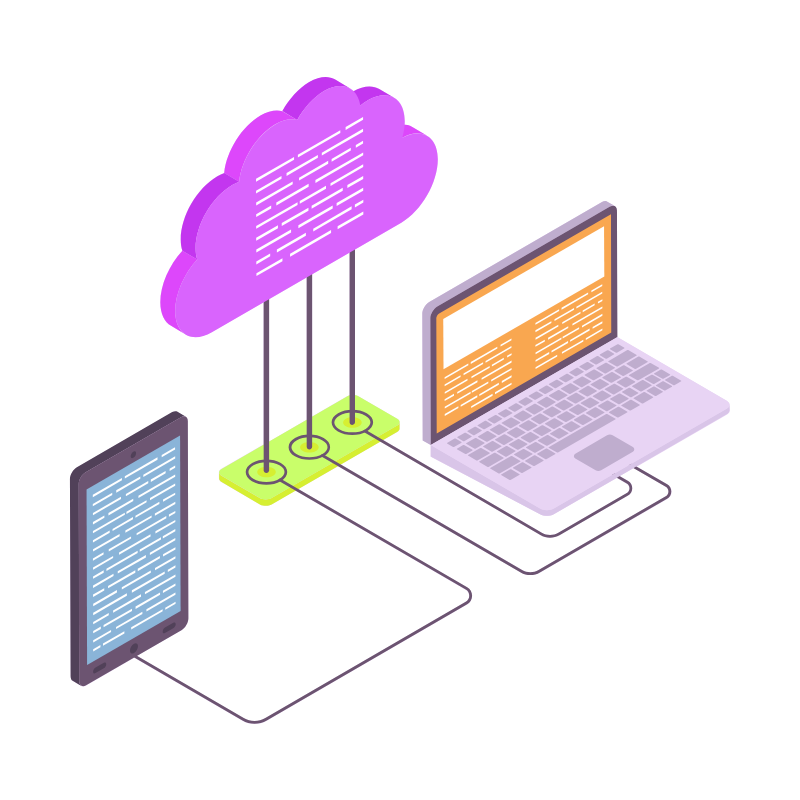 Web HostingCost-effective shared hosting solutions
Web HostingCost-effective shared hosting solutions Reseller HostingStart your own hosting business without tech hustle
Reseller HostingStart your own hosting business without tech hustle Affiliate ProgramEarn commission by referring customers to our platforms
Affiliate ProgramEarn commission by referring customers to our platforms cPanel HostingHosting powered by cPanel (Mostly user friendly)
cPanel HostingHosting powered by cPanel (Mostly user friendly) Windows HostingOptimized for windows based-applications and sites
Windows HostingOptimized for windows based-applications and sites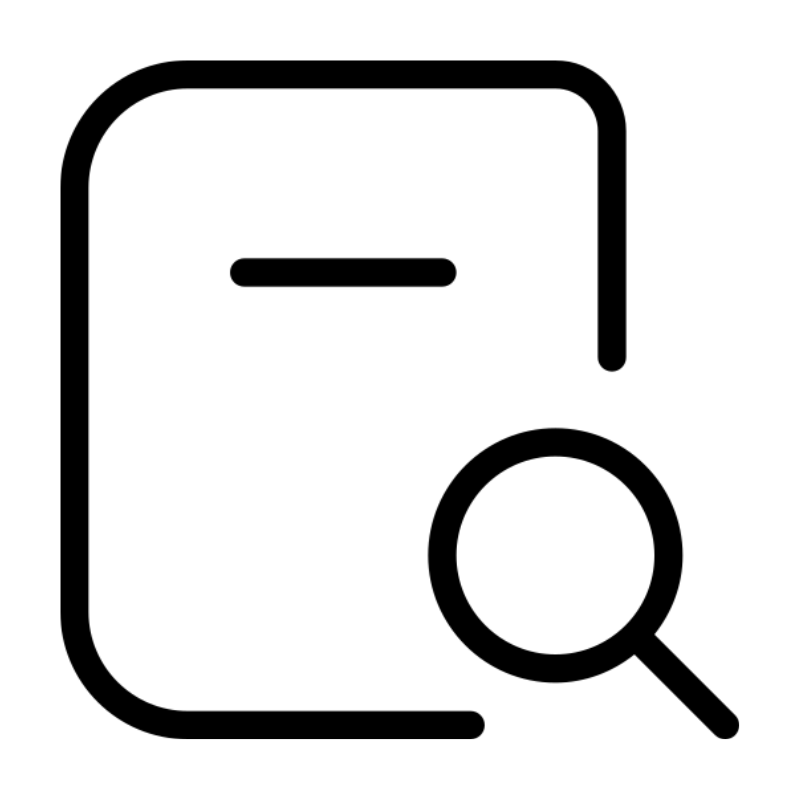 Domain SearchFind and register available domain names in seconds
Domain SearchFind and register available domain names in seconds All DomainsExplore and register domain extensions across the world
All DomainsExplore and register domain extensions across the world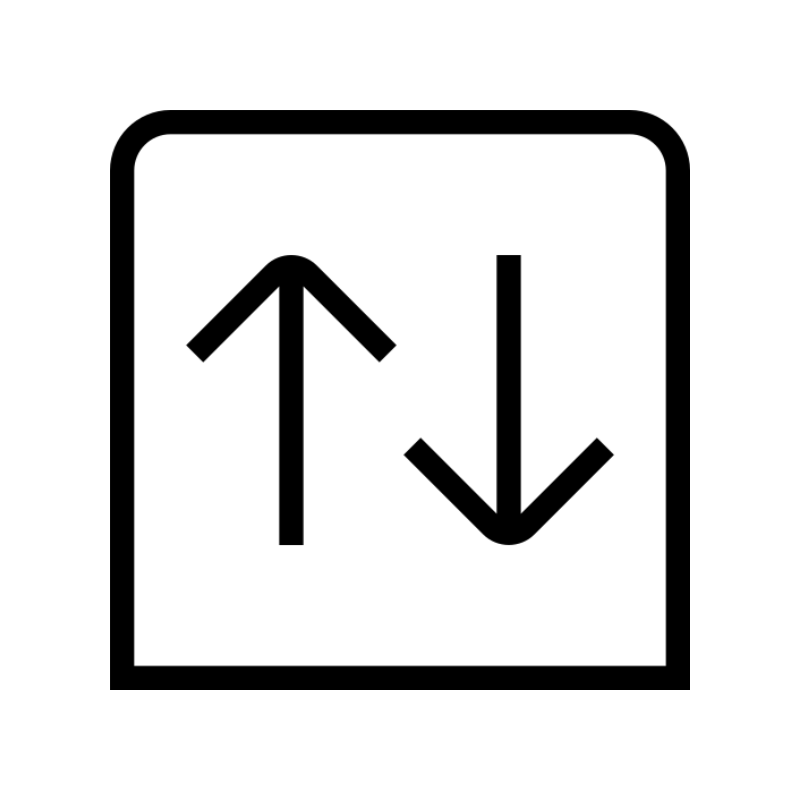 Domain Transfermove your domain to us with zero downtime and full control
Domain Transfermove your domain to us with zero downtime and full control Whois LookupLook up domain ownership, expiry dates and registrar information
Whois LookupLook up domain ownership, expiry dates and registrar information .com DomainSecure the most recognized domain for global credibility
.com DomainSecure the most recognized domain for global credibility VPS HostingScalable virtual servers. Full root access. Faster speed.
VPS HostingScalable virtual servers. Full root access. Faster speed.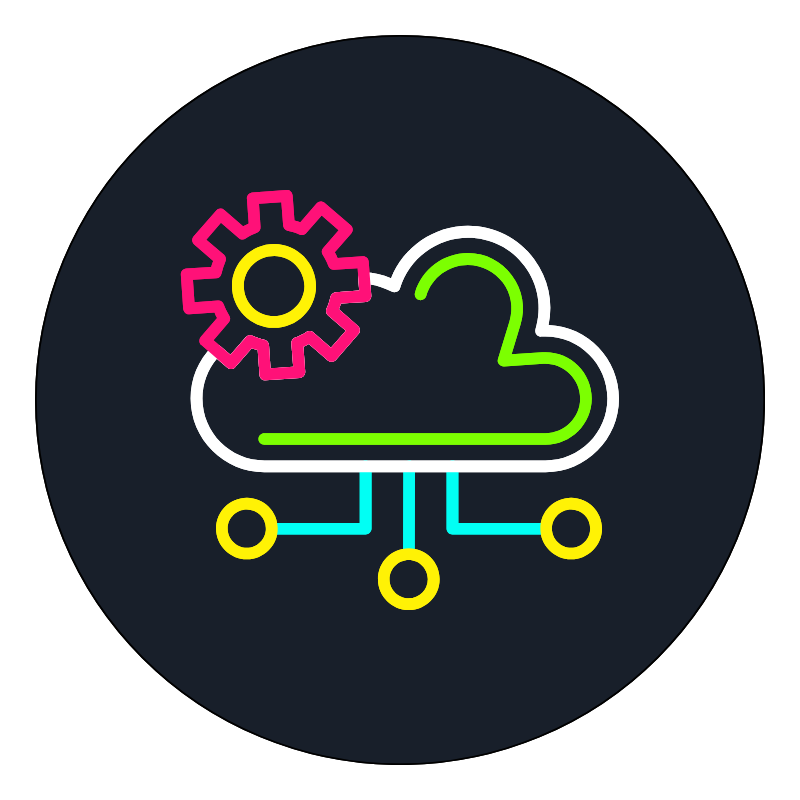 Managed VPSNot a tech expert? Choose our fully managed VPS server.
Managed VPSNot a tech expert? Choose our fully managed VPS server.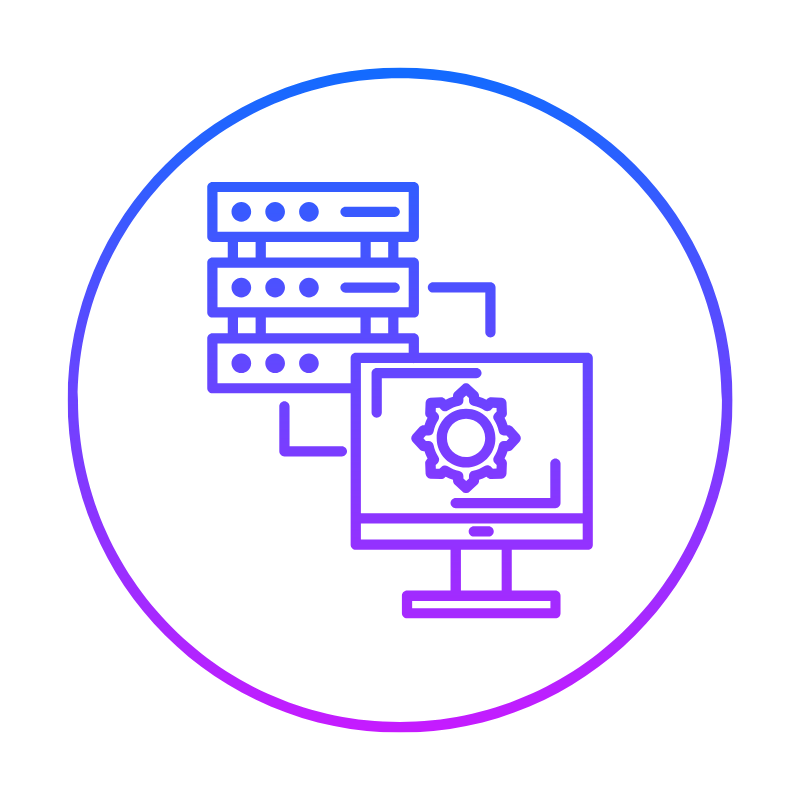 Dedicated ServersGet the full power and complete control of your own physical server.
Dedicated ServersGet the full power and complete control of your own physical server.
